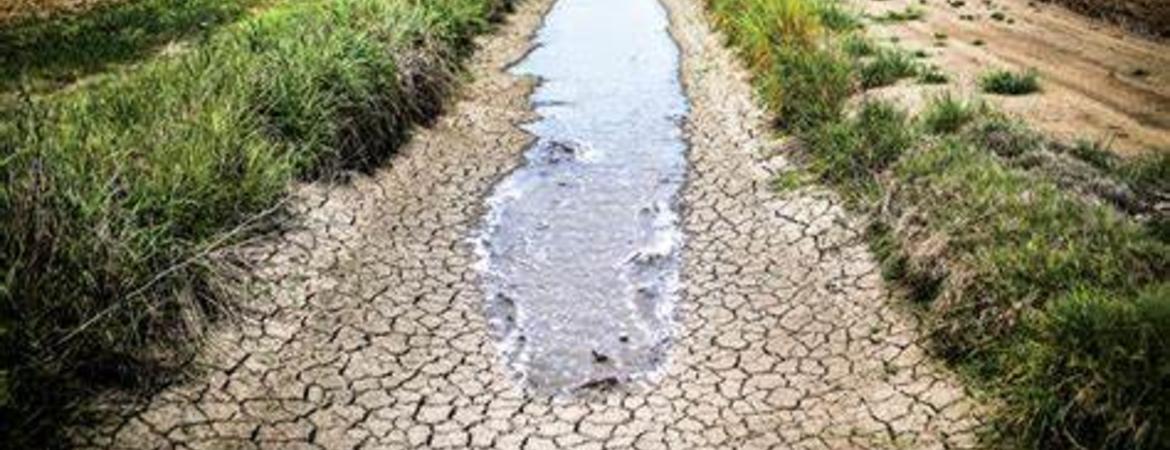
IIGB/CEPCEB researchers have demonstrated in the lab and greenhouse that rice that is flood tolerant is also better able to recover from a drought. If rice plants’ combined tolerance to flooding and drought could be improved, rice productivity in many countries in the world could be protected and even substantially increased.
Bailey-Serres and her team – Takeshi Fukao, a senior researcher, and Elaine Yeung, an undergraduate student – focused on Sub1A, a gene responsible for flood or “submergence” tolerance in rice and found only in some low-yielding rice varieties in India and Sri Lanka. Sub1A works by making the plant dormant during submergence, allowing it to conserve energy until the floodwaters recede. Rice with the Sub1A gene can survive more than two weeks of complete submergence.
Plant breeders have already benefited farmers worldwide – especially in South Asia – by having transferred Sub1A into high-yielding rice varieties without compromising these varieties’ desirable traits—such as high yield, good grain quality, and pest and disease resistance.
Bailey-Serres’s lab found that in addition to providing robust submergence tolerance, Sub1A aids survival of drought. The researchers report that at the molecular level Sub1A serves as a convergence point between submergence and drought response pathways, allowing rice plants to survive and re-grow after both extremes of precipitation. Study results appear in the January issue of The Plant Cell. The journal has the highest impact factor of primary research journals in plant biology. The research paper also has been selected as a recommended read in the Faculty of 1000.
For further details, please read: